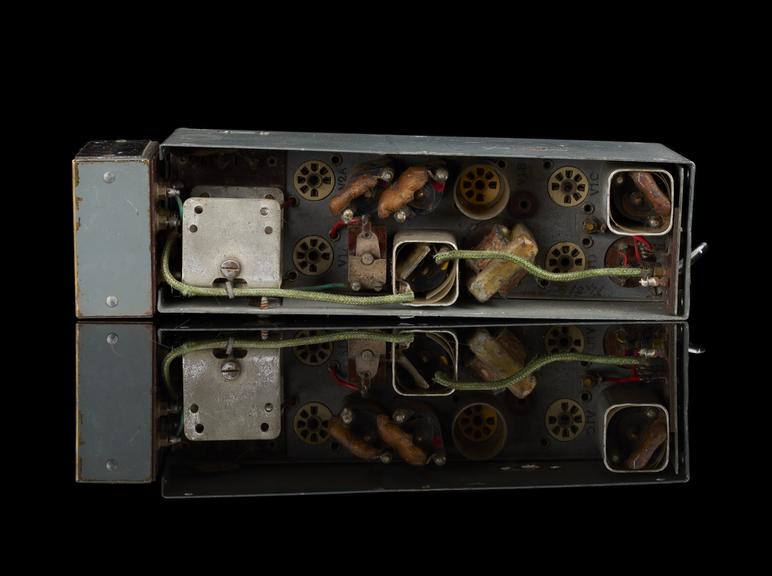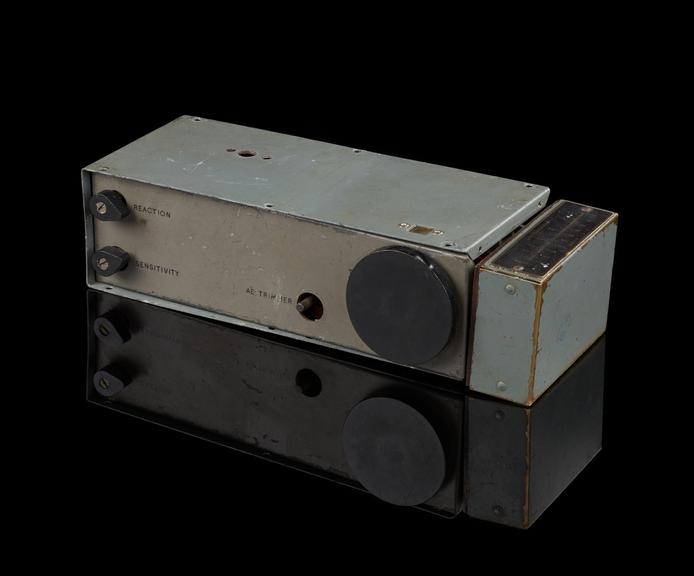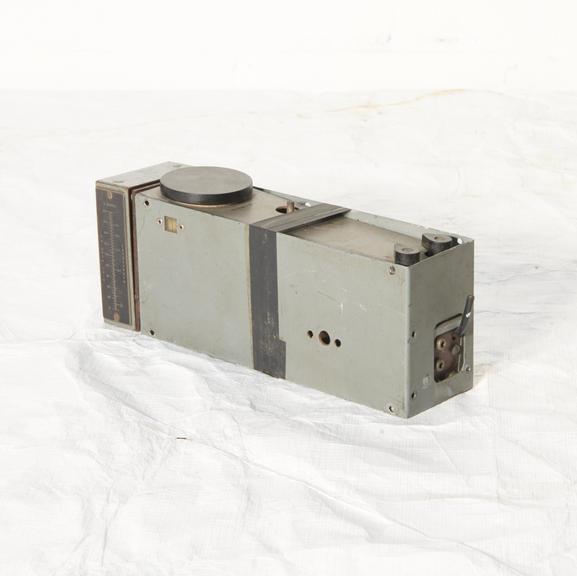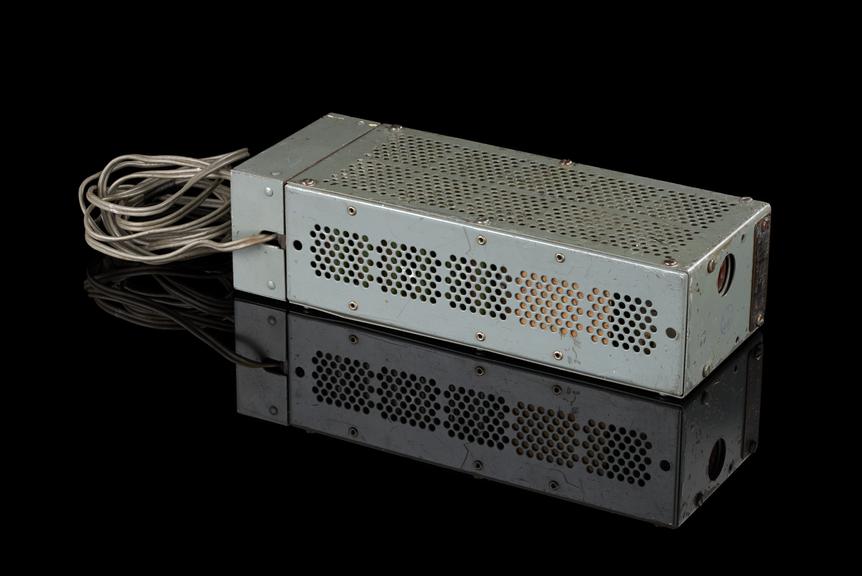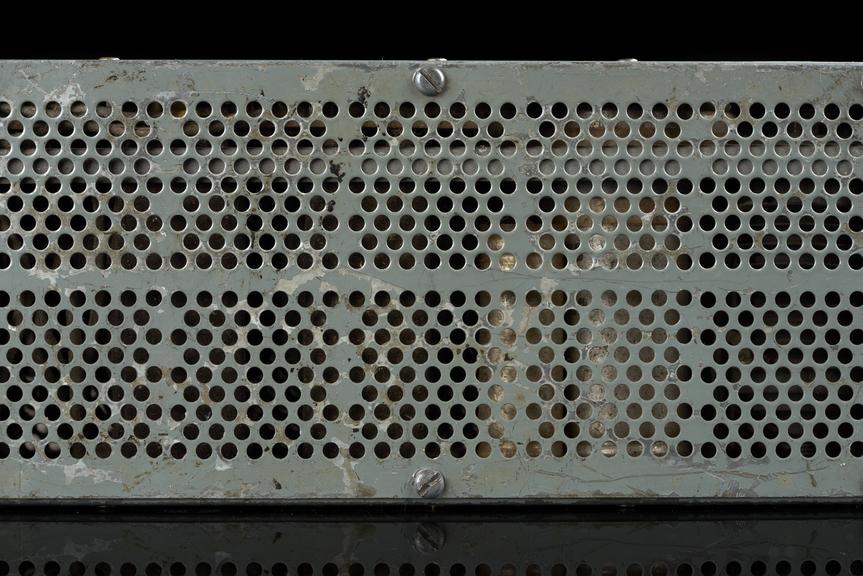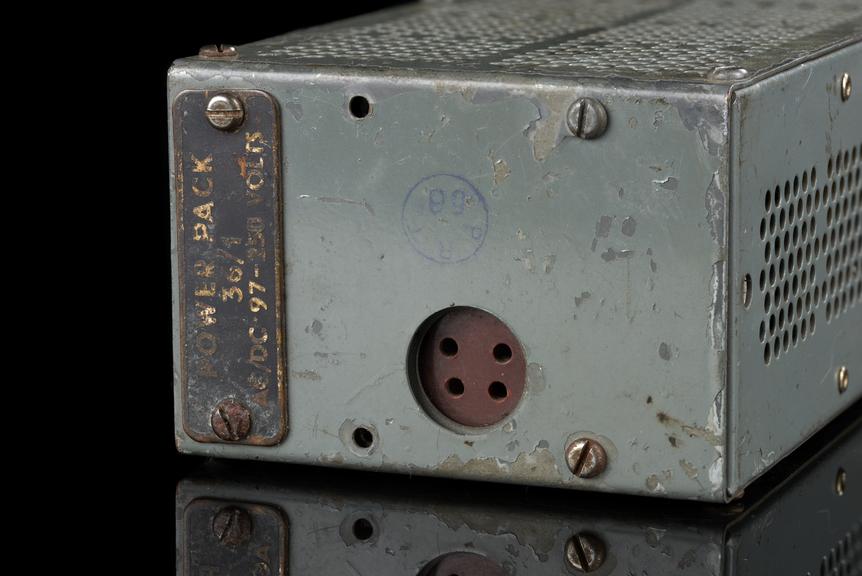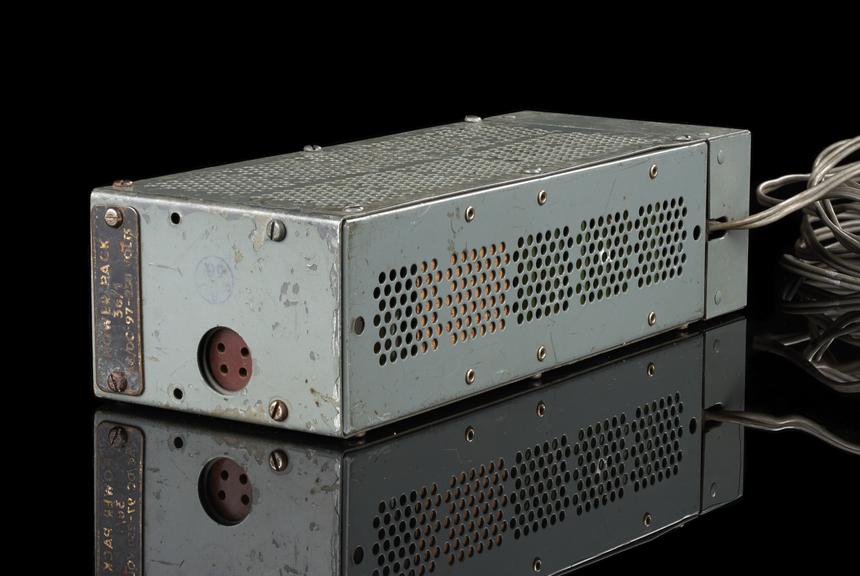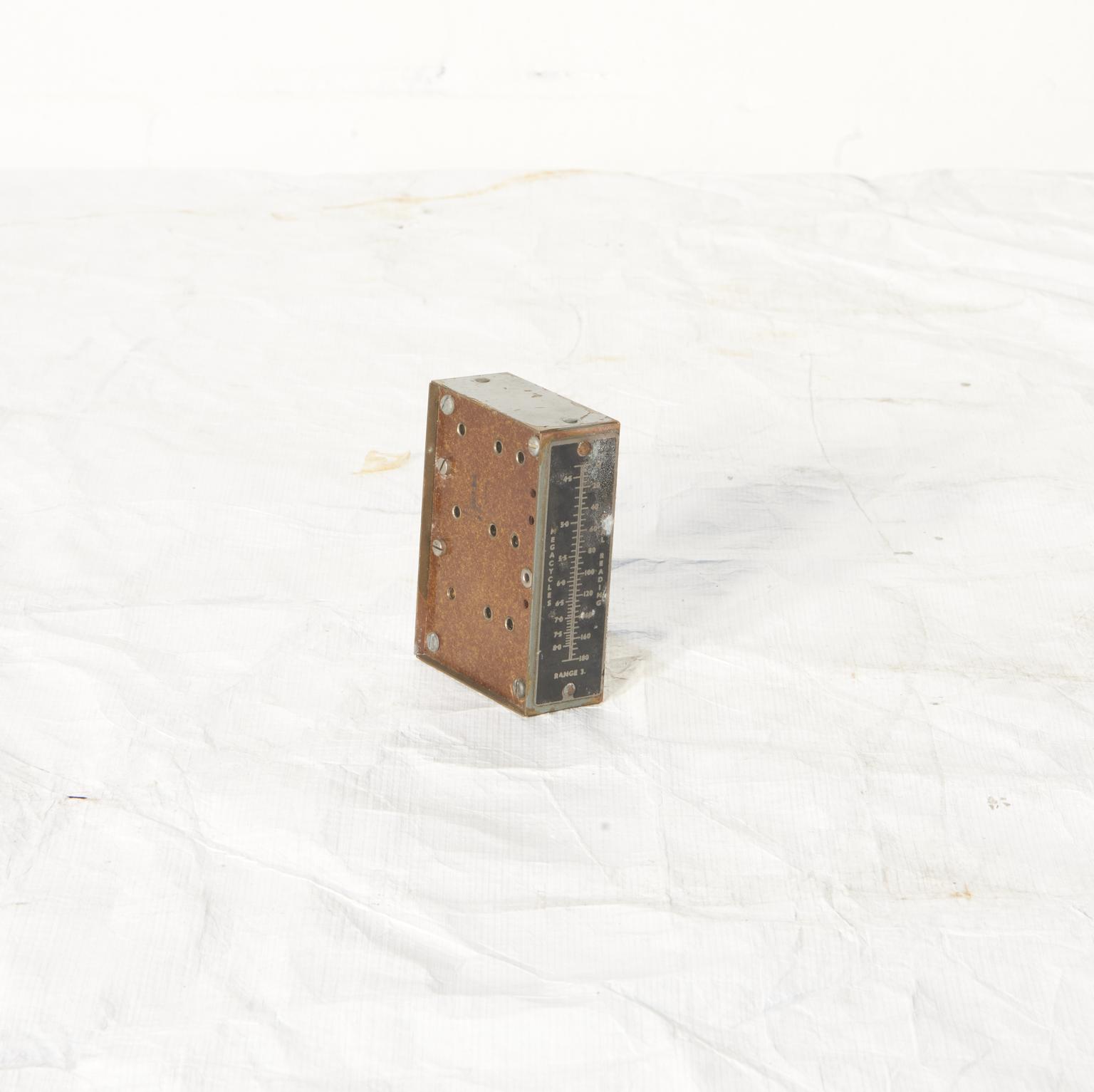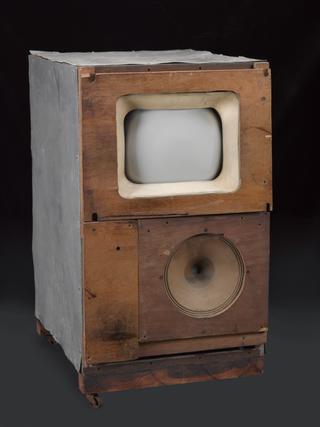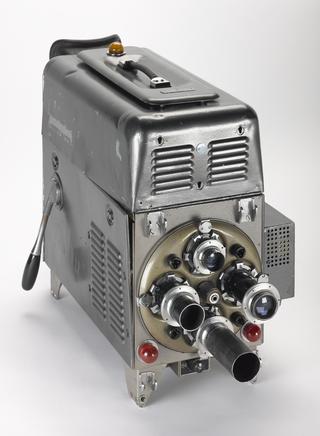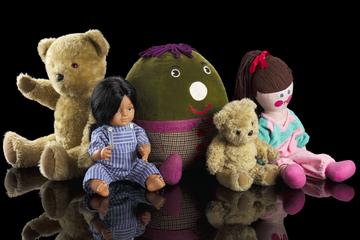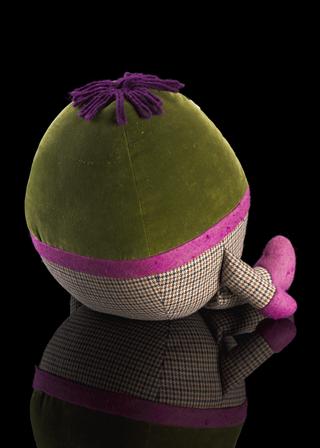MCR1 'Biscuit Tin' Radio Receiver and Tuning Coil Unit
Receiver and tuning coil unit for 'Biscuit Tin' radio, British Government Miniature Communications Receiver, Mark 1 (MCR1), 1943.
More
During World War II, these compact radios were dropped by parachute hidden inside the biscuit tins. They were crucial to resistance fighters in Europe because the Germans had confiscated all normal civilian radios. BBC London's public broadcasts were used to communicate with resistance groups by using obscure "personal messages" which had secret meanings.
- Measurements:
-
overall: 60 mm x 235 mm x 85 mm, 1 kg
- Materials:
- steel (metal) , paint , plastic (unidentified) , rubber (unidentified) and electrical components
- Object Number:
- 2012-5118/151/1
- type:
- radio receiver
- Image ©
- The Board of Trustees of the Science Museum







